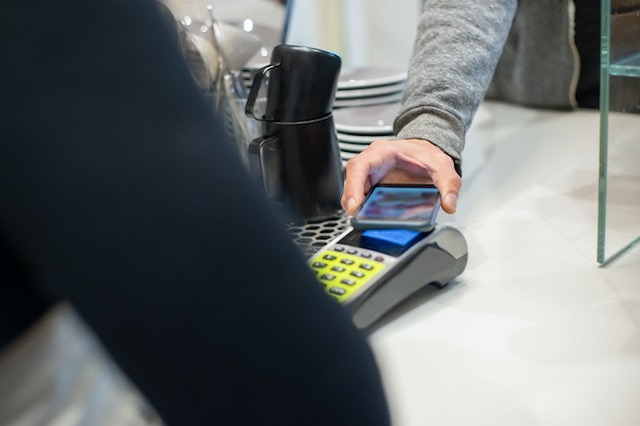Online food and grocery delivery platform foodpanda has observed a rapidly increasing number of their Filipino app users embracing digital payment methods, with their customer base now split between cashless and cash-on-delivery payments.
The company said amid reports that cash is still king when it comes to the preferred payment method for online shopping, it is seeing a more neck-and-neck comparison among its customers.
“We have seen roughly an even split between Cash on Delivery (COD) and online payments. Prior to the pandemic, the preference was heavily skewed towards COD at an 80/20 ratio, so there’s been a significant and rapid shift in consumer payment behavior in a relatively short time,” Daniel Marogy, foodpanda Philippines CEO, said.
The actual results from foodpanda’s records are mirrored by a survey done by foodpanda’s Berlin-based parent company Delivery Hero.
According to their survey on Filipinos’ payment method preferences, 51% of consumers prefer paying with cash, while the other half prefers various digital payment methods, with 27% using a mobile wallet app, 17% using a debit or credit card, and the remaining 4% using other digital payment methods.
An underlying reason for those who continue to use COD is their habit, the ability to control spending, and a sense of security. Conversely, those who opt for online payment methods primarily cite convenience as their top reason for using this payment method.
Promoting digital payments aligns with the Bangko Sentral ng Pilipinas’ efforts to enhance financial inclusion in the country. Their Digital Transformation Roadmap 2020-2023 aims to strengthen the country’s digital payment ecosystem, with the goal of digital payments accounting for 50% of all retail transactions.
According to Marogy, to encourage the widespread adoption of digital payments and establish a secure and efficient digital financing platform, foodpanda has seamlessly integrated with trustworthy payment gateways.
“Offering a wide range of payment choices, including credit cards, debit cards, and e-wallets, allows us to accommodate the different preferences of our customers and encourage them to make the switch to online payment methods,” Marogy noted.
For a simplified and faster checkout process, foodpanda introduced their e-wallet service pandapay that enables customers to store credits within the wallet.
“With pandapay, app users can simply top up any amount on the foodpanda app to securely and conveniently pay for their food or grocery orders,” Marogy explained.
Marogy also shared that foodpanda has been providing incentives such as cashback, fast refunds, and instant and secure transactions, to entice more customers to use pandapay.
Marogy emphasized that beyond their app users, this digital-first approach is holistic, encompassing their partner vendors and delivery partners.
“We have streamlined the process for our partner vendors to receive their remittances, which can now be credited directly to their online accounts. Meanwhile, for a long time now, our delivery partners do not need to physically remit their daily earnings at our main office, as remittance outlets are now accessible wherever they operate.”
Much like the marriage of online and offline commerce, the future of the payment landscape envisions cash and digital payments seamlessly complementing each other.
“Cash and digital payments will coexist for some time to come. The economy is still predominantly cash so that will reflect in our customers’ payment choices on the platform. By offering both options for our app users, we provide flexibility to cater to diverse customer needs. Our goal is not to replace traditional methods with digital alternatives, but rather to give customers the option to freely select their preferred mode of payment,” Marogy said.




